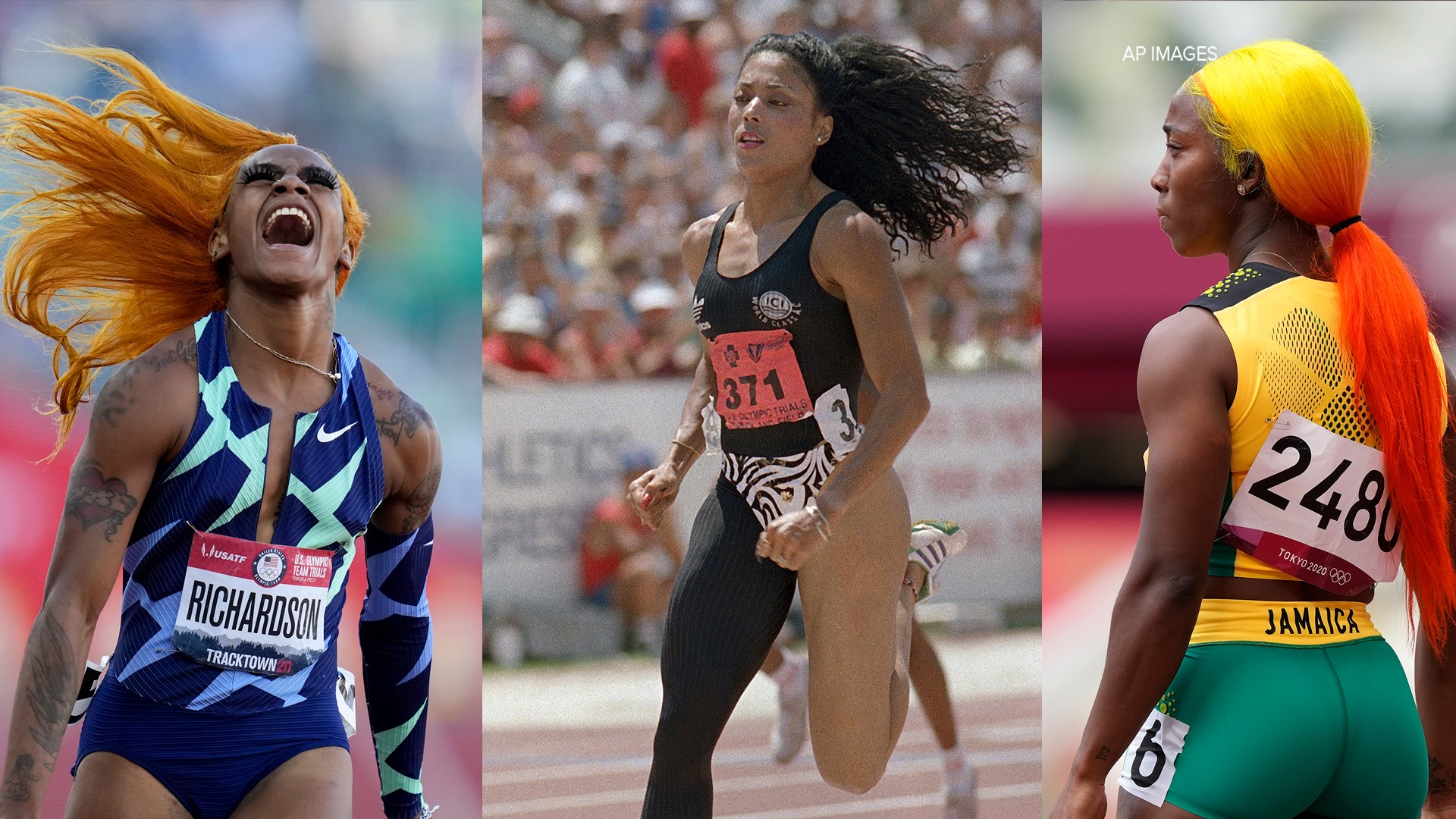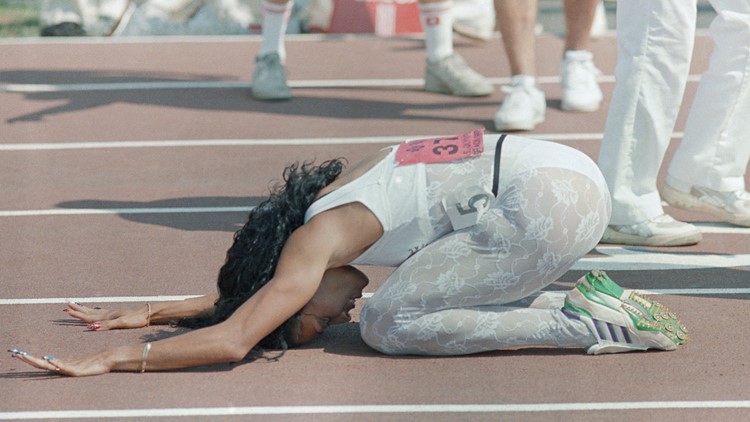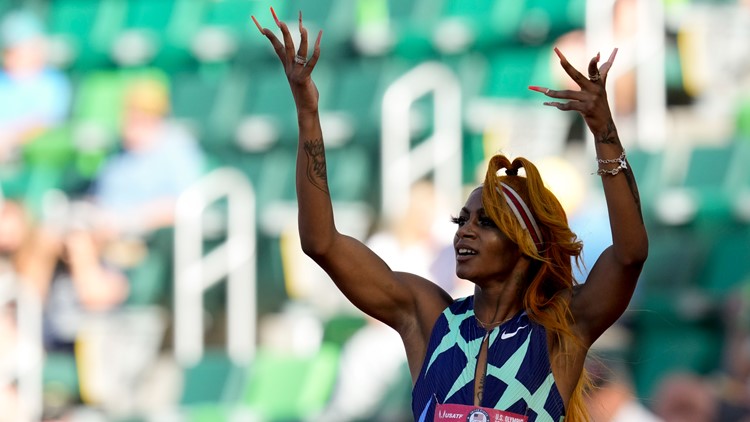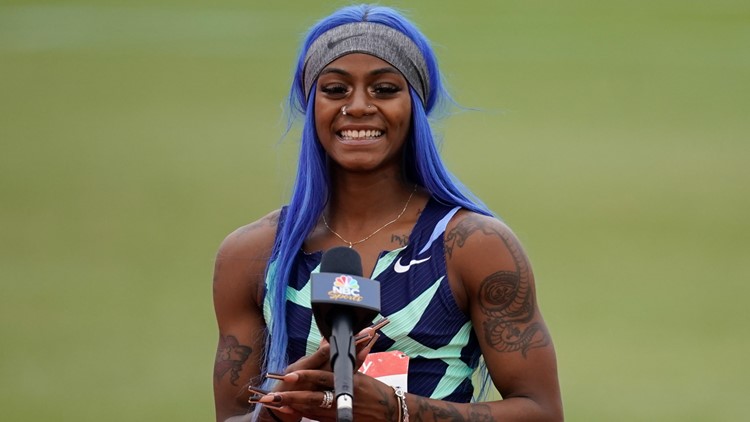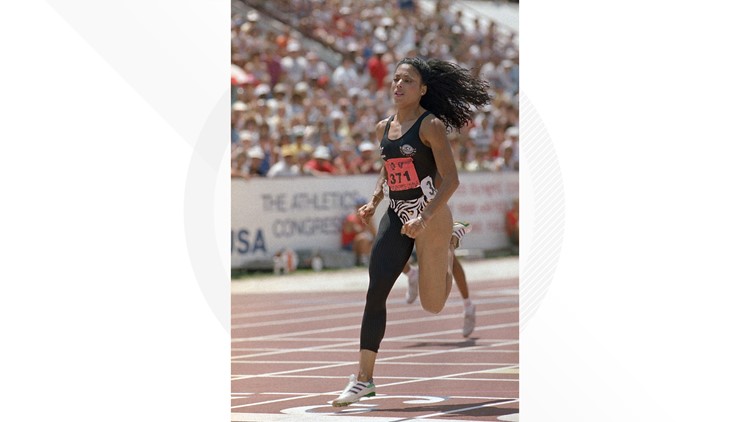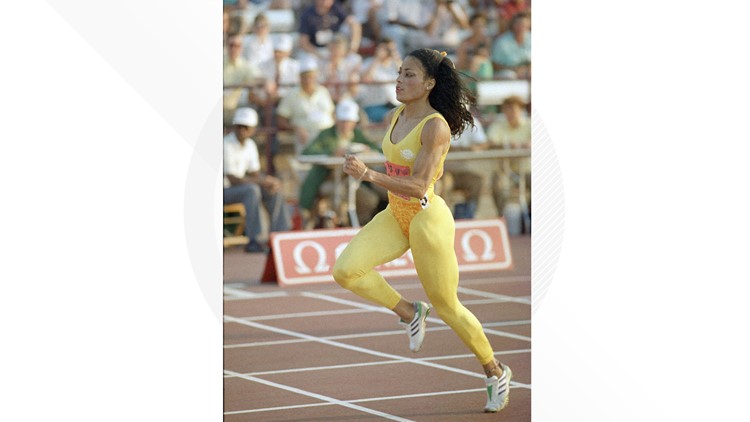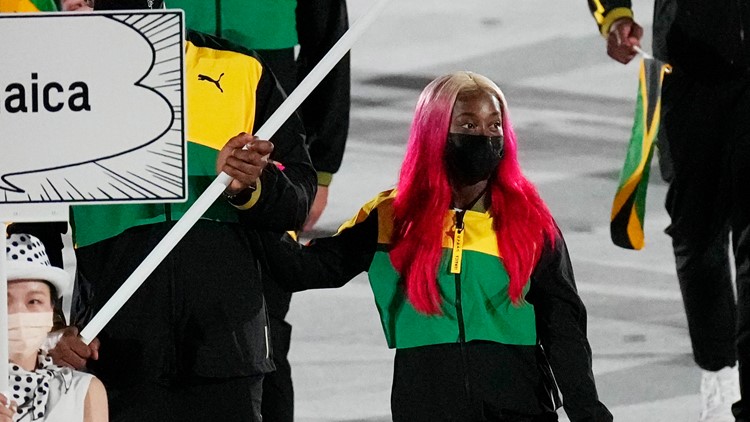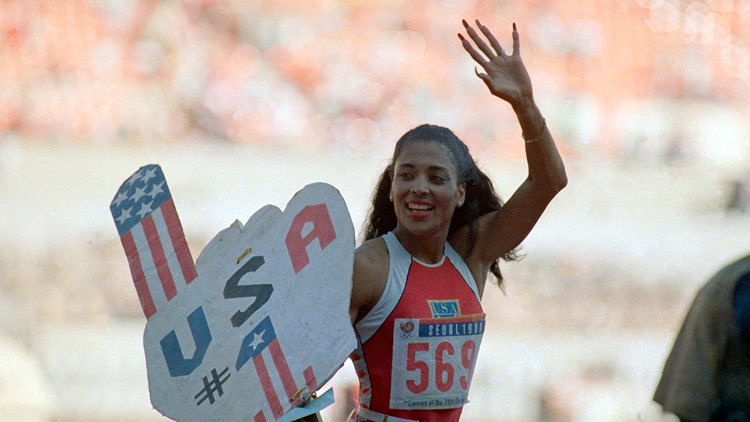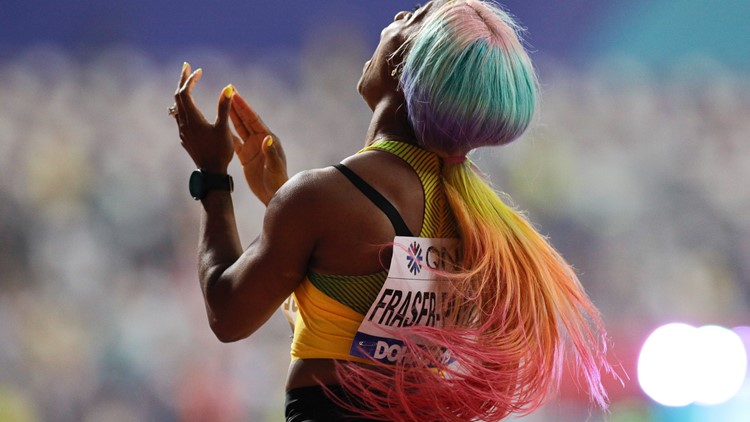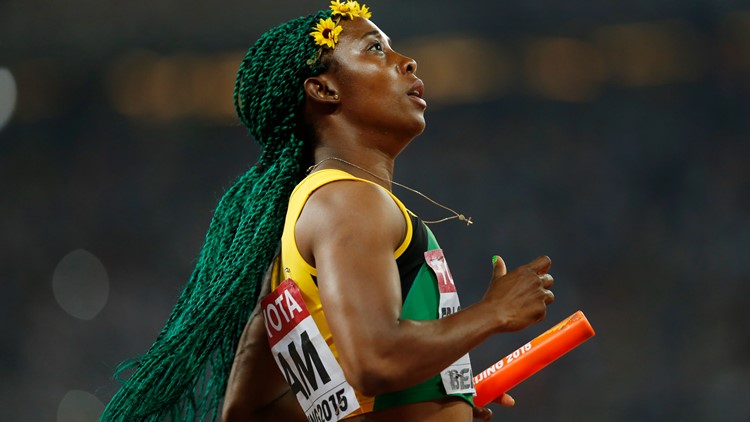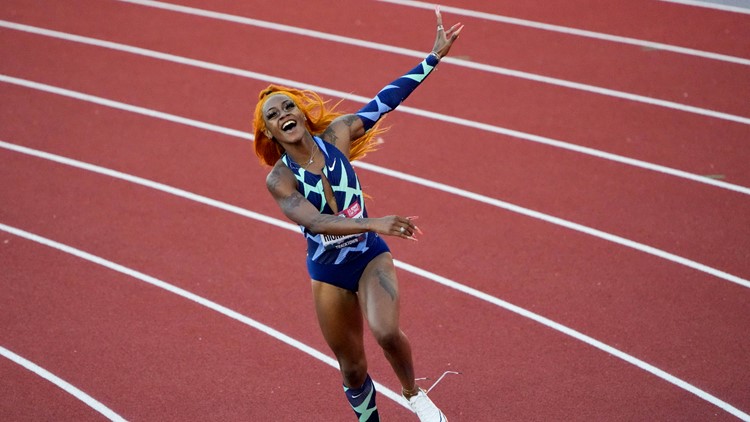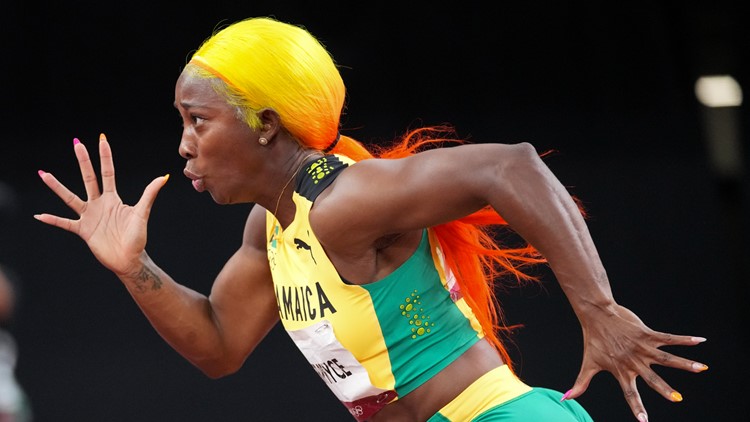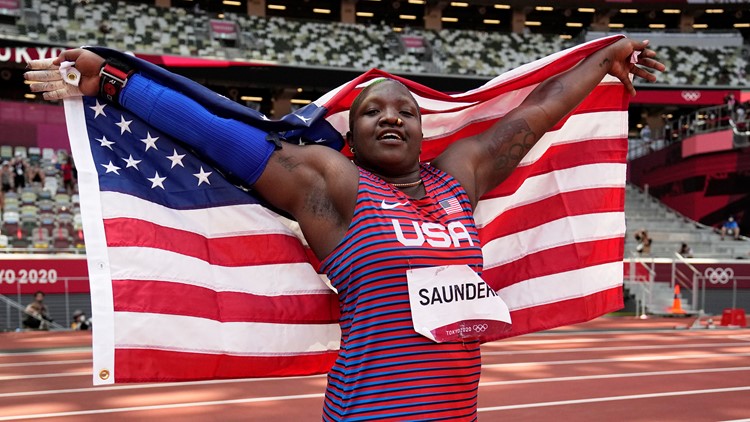ATLANTA — Colorful hair, long nails, and jewelry are on display this summer, but not just on the runway – on the track as well.
Track and field has been center stage for fashion for decades and Black women are at the forefront. Idy Uyoe, sports commenter and managing partner at Idy Sports and Entertainment based in Atlanta, said Team USA Hall of Famer Florence Griffith Joyner, commonly known as “FloJo,” set the blueprint.
A silver medalist in the 200-meter sprint in the 1984 Olympic games and gold medalist and world record-setter at the 1988 Seoul Olympic Games in the 100-meter event, Joyner brought her groundbreaking unapologetic personal style to races.
“In that intermitting four-year period, she brought a certain style, and pizazz, and flare and – might even say – flamboyance to the Olympic games, or to track and field in general,” Uyoe said. “Going into those games she redefined what it meant to be a track athlete.”
Joyner sported long glam nails for years, even the moment she set her 200-meter world record in Seoul that Thursday in 1988. It was a fashion statement hailed as revolutionary at the time. Uyoe said FloJo’s sense of individualism set the standard, redefining what it meant to look like a track and field athlete.
“Fashion has always been her first love, so she was able to translate that onto the track,” Uyoe said.
Joyner herself, who once worked part-time as a nail technician, said it decades ago, commenting on her iconic fashion sense on the track in a 1992 interview with journalist Ann Liguori for Sharp Sports Innerview.
“Track and field is a beautiful sport, and I just wanted to bring in my personality, and the clothes that I wear off the track, onto the track just to be myself,” Joyner told Liguori.
Track and field | Showcasing Black fashion on the international stage
Joyner was the pioneer for individualistic expression on the international athletic stage. Although Olympic dress codes restricted her from wearing some of her well-known statement pieces, debuting her one-legged leotards, hooded bodysuits, lace leggings, and lengthy patterned nails at meets during her career tenure has inspired generations of Black women athletes in the sport.
“Women of Color, whether it’s Black Americans, Black Britains, Jamaicans, tend to perhaps be pioneers in these types of areas…,” Uyoe said. “For instance, when someone comes in with different color hair, different color nails, that is who they are off the track.”
Black women athletes today have emulated Flo-Jo’s path, utilizing fashion to personify their distinguished style. At the 2020 Tokyo Olympics, Jamaican sprinter and Olympic gold medalist Shelly-Ann Fraser-Pryce flaunted her well-known long, bright, colorful hair. This year, rocking a two-toned yellow and orange ombré look when she won silver in the 100-meter final.

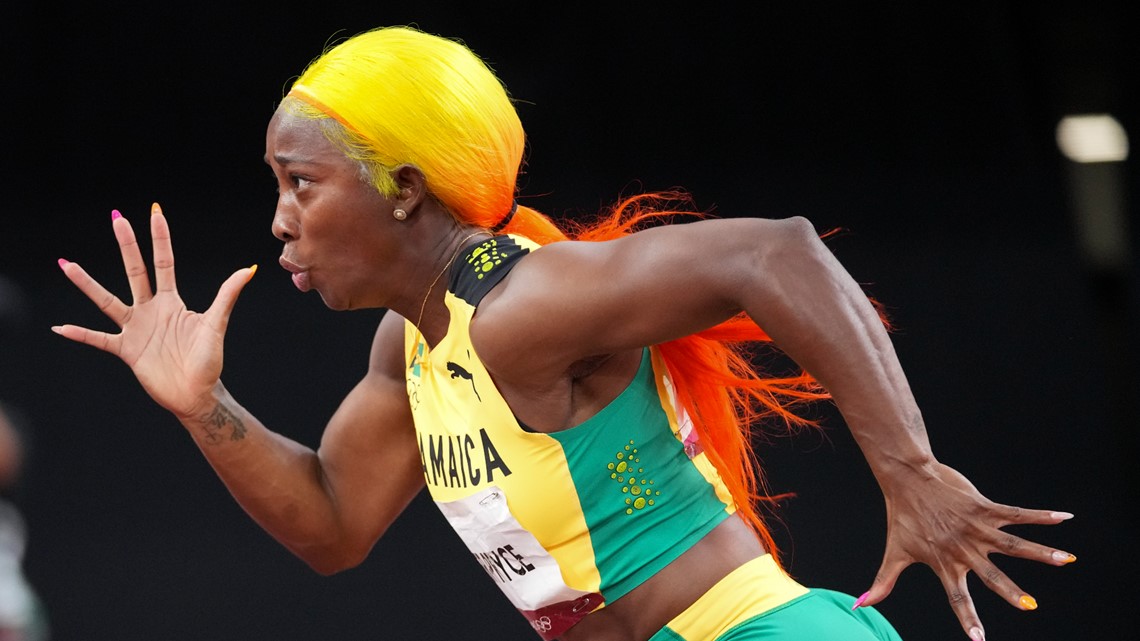
Former UGA Bulldog Shaunae Miller-Uibo of the Bahamas followed suit, sporting a bright blue ponytail to match the blue outfit she wore to represent her country while sprinting in the 200-meter Olympic semifinal.

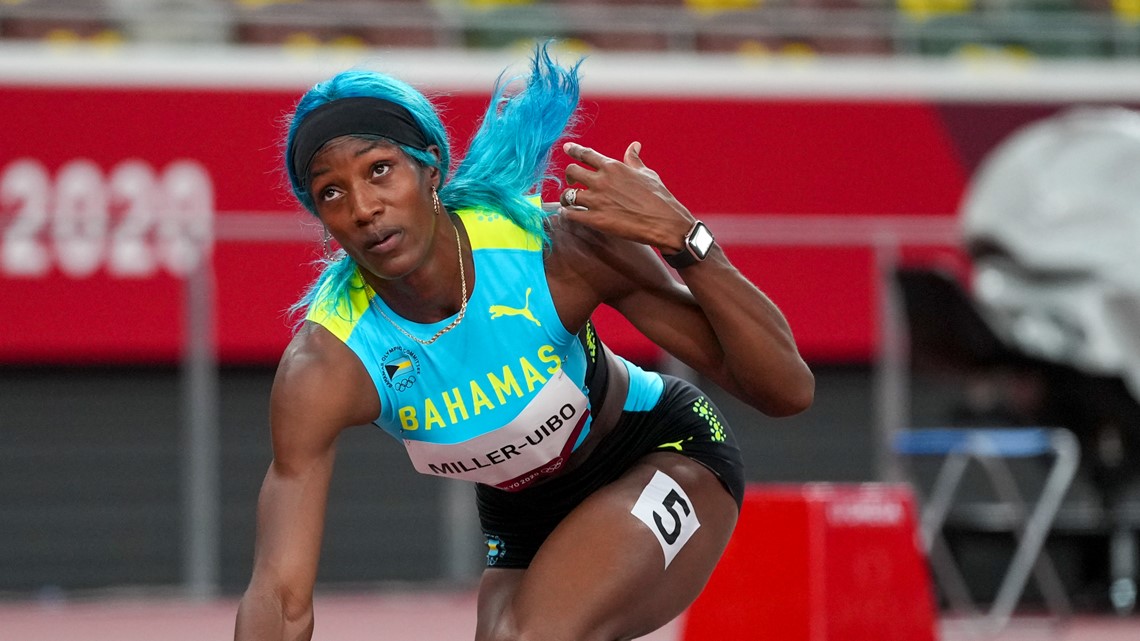
American track and field sprinter and National Collegiate Athletic Association record-breaker Sha’Carri Richardson’s long bedazzled nails evoke Joyner’s. She was not present at the Olympics this year, but Richardson’s nose piercings and colorful tresses have made headlines, setting the champion sprinter apart even more. Her confidence and fashion sense have prompted writers at Vouge to reference Richardson as the “Flo-Jo of Our Time.”

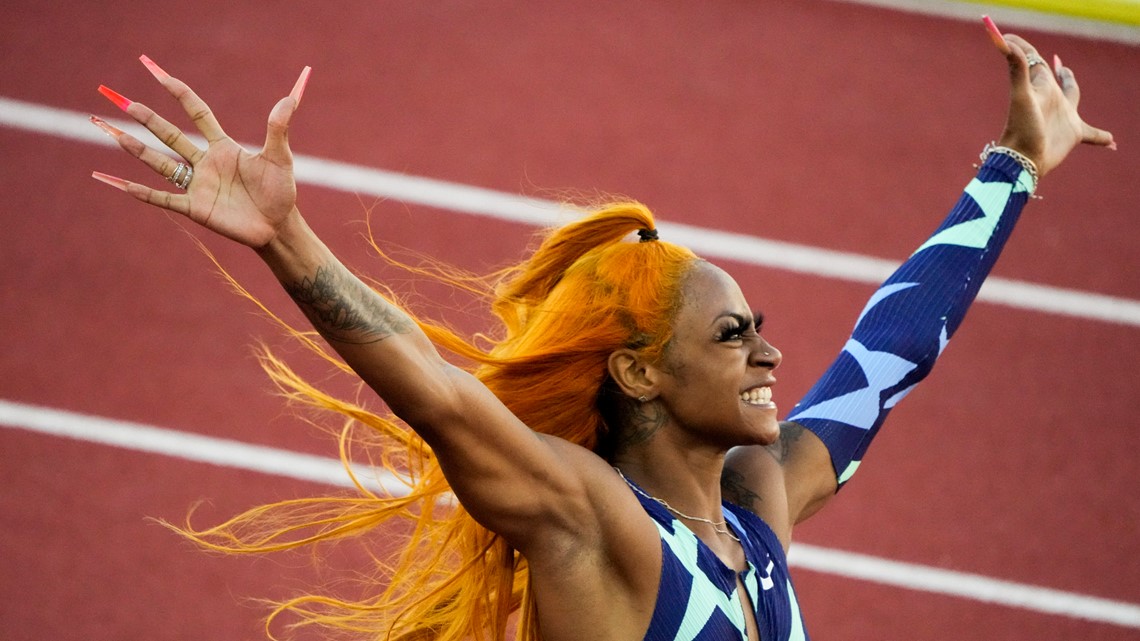
Raven Saunders, an openly gay Team USA shot putter, donned a purple and green short haircut, gold nose ring, and neon-blue shades when she won the silver medal in Tokyo on Sunday.
“To be me. To not apologize,” Saunders said after her second-place finish.

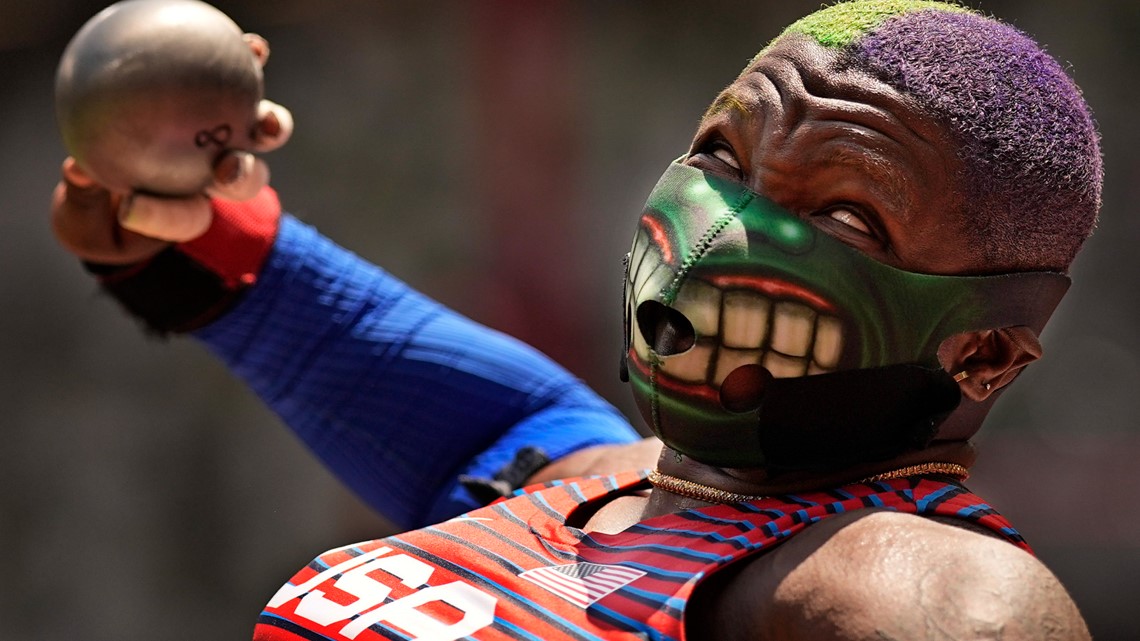
Uyoe said Joyner’s expressive look embodied the idea that femininity and athleticism does not have to be mutually exclusive, but can exist as a duality. Showcasing individuality and Black fashion on the international scale shows audiences worldwide that “it’s okay to be you,” Uyoe said.
“During these particular Olympics, there has been different circumstances that Women of Color have been able to breakthrough,” he said. “We saw Shelly-Ann Fraser-Pryce with the hair. We saw Raven Saunders, and so despite all of these challenges, we’re still able to see them in their natural element, and that’s when they’re fun to watch.”

